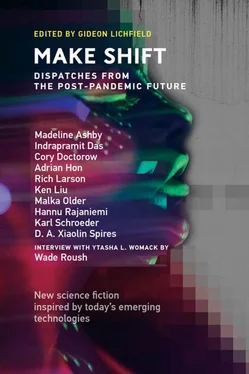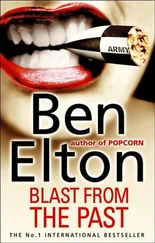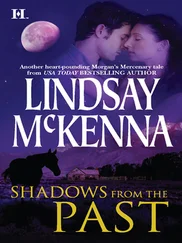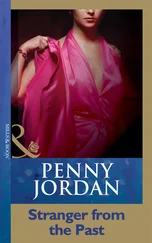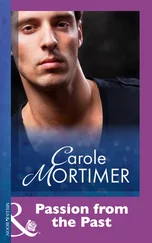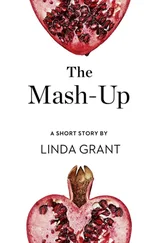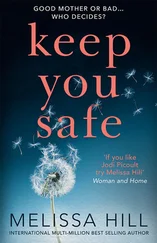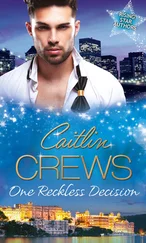I glanced at Cindy, who was circling toward me. I couldn’t see her wireframe anymore, but I followed mine, or it followed me, as I circled toward her. I flushed as we spiraled together, approaching two meters, beyond two meters, almost at one meter.
And in an almost-frozen moment, invisible planes of laser light intersected between us, scattering across thousands of droplets hanging in the air, the femtosecond pulses so fleeting they petrified us in stone, our exhalations as spun clouds. Trajectories weighed, temperature gradients observed, our heartbeats counted as closely as a lover. Then, as a stray breeze lofted a hundred tiny, deadly carriers of disease a touch closer toward our mouths, we were nudged another millimeter to the left by our wireframes.
Time resumed. As we spun around wide-eyed, our feet crossing over in turn, there was barely a breath between us. I waited for my glasses to buzz their physical distancing warning, but nothing happened. We drew back, bowed, straightened up, and then burst out laughing.
“That was way more fun than the land sculpture!” said Cindy. The whole experience had been barely two minutes from start to end, but it felt more intense than anything else I’d done since the lockdown.
“So that’s what real dynamic distancing feels like!” I said. I was about to message the team about our discovery when I saw the alert in my glasses. It was from the Edinburgh Festival’s computing cluster: in the 109 seconds we’d danced, we’d blown through an entire hour of Little Kowloon’s precious festival computing budget.
“Whoa, what the hell?” I exclaimed, showing Cindy. She peered at the graphs and pursed her lips.
“That figures. Our glasses aren’t powerful enough to choreograph a dance like that. But Anna must’ve realized she could use something else,” said Cindy, nodding at the AR localizers.
I shook my head in admiration. “Her code’s piggybacking off whatever resources it can find in the local network,” I said. Anna’s artwork had used the marquee’s sensors and high-resolution laser scanners to weigh every breath and map every droplet to steer us around each other, closer than I’d have thought possible. Celia Chan’s code was doing the heavy lifting; Anna married it with her wireframe dancing instructors.
“She’s the best,” said Cindy, beaming.
“She was the best.” I shared a pending update to Anna’s festival bio I’d just found. Cindy’s shoulders slumped. Anna had died from H1N3 last week. Apparently the Hong Kong festival team hadn’t made their minds up on whether they should still exhibit her work. But our testing results would settle the argument: there was no way we could spend so much processor time on a single artist’s performance. There was no way to increase our computing budget, any more than we could extend the walls of our marquee. Another “competition” rule.
“We need to get onto the rest of the artists,” I said, shutting down Anna’s area.
Two standups, three plays, and one band later, I was getting a headache from being in AR too long. Worse, none of the artists had gotten the point of dynamic distancing, their works lacking any but the most basic triggers. We could build triggers for them, but the whole concept of throwing audience members out of one area and into another at a moment’s notice was feeling like a fool’s errand. It wasn’t that it was impossible, it just wasn’t compatible with how these artists thought about their work. I couldn’t blame them, everyone was working under such tight deadlines.
I knew what Chan would say: harden the barriers. No more headaches. No more arguing with artists. Our marquee would still be impressive simply by using dynamic distancing to pack bigger audiences in closer together. But we’d have given away a dose of freedom in exchange for convenience. I snorted at the obvious parallel.
Cindy was lying on the marquee floor next to a heater, taking a horizontal break to scroll the news. I flicked into our private shared AR layer. Nothing too exciting. The Melbourne vaccine had been held up in its stage 3 trials, and two astronauts on the Alto Firenze space station had tested positive. In Scotland, the Yellow-Green coalition was at loggerheads on fast-tracking Hong Kong citizenship, hardly surprising given the recent polls showing which way the new immigrants would vote.
I sat down, glumly gazing at our vast, empty space. I wondered if the Traverse or Assembly teams were facing the same problems we were. Probably not. Reuben had forwarded me a video from one of the Assembly crew setting up raked seating in their marquee. They were giving audiences what they wanted, an hour of AR theatre.
“I could be enjoying my furlough right now instead of dealing with…” I waved around at the piles of tracking equipment and sensors and high-bandwidth networking points, “…all this.”
“Yup,” said Cindy.
“Wow, what a pep talk!” I flicked her an eyeroll emoji.
Cindy propped herself up on an elbow and gave me a look. “You hated furlough! Every time we were at the crags you complained about it. That’s why I got Reuben to ask us to volunteer.”
“What?! Why?”
“I guess I thought you’d enjoy the challenge. And I had this spidey-sense that Celia Chan would take you on.” I raised my eyebrows. “But I had nothing to do with that,” she said hurriedly. “And neither did Reuben. No way would she give either of us the time of day.”
“Yeah, but… why here? I mean, I was thinking about volunteering at the library, not the festival.”
“Oh, come on,” said Cindy. “This is Little Kowloon. You want to be here but you couldn’t ask. And this lockdown… I know it’s lonely. I thought this could take your mind off things.”
“Huh.” I wasn’t sure if I was offended at the subterfuge. I didn’t like being manipulated, but she was right. The last few weeks had been so busy that I hadn’t had time to get stuck in my loop. And it was nice to have a reason to be with people who looked like me. Who came from the same place my parents were from.
I’d never felt comfortable around the Hongkongers. I’d barely been there. How could you miss a place you’d never lived? I hadn’t suffered as they had, and I couldn’t be proud as they were. For most of my life, I’d wanted to be accepted as a Scot, but lately I’d wanted to be accepted as a Hongkonger. Or both. I wasn’t sure.
“Don’t overthink it,” said Cindy. “I can tell what you’re doing. We need your help, and this is it, you’re helping. Yeah, you’re having to handle all the shit, but that’s because Celia trusts you. Myself, I’m only good for stitching sensors.”
“To be fair, you’re good at falling on your arse,” I said. She flicked her hand at me, grinning. “And pep talks.”
CRITICS LOVED OUR PREVIEW PERFORMANCES, DELIGHTED BY THE SENSE OF BUSTLEand movement. A reporter from the Evening Journal remarked on the “illicit thrill” of being so close to others during a lockdown and praised the “Hong Kong dynamism,” hilariously unaware of how we’d fallen short of our ambition. In any case, our marquee was declared unmissable.
It took a little longer to get the public beyond their understandable apprehension of being close to strangers. Most still remembered COVID-19, and H1N3 had rammed home the message of physical distancing. Few trusted our technology enough to be comfortable navigating crowds without the clear physical or AR markers telling them where they could move, despite the government’s imprimatur.
“It’s hard being the first,” said Celia, as we listened to a family bicker about their supposedly buggy glasses. She had to restrain me from marching over and explaining how our dynamic distancing protocol was safer than a normal two-meter separation. “Let them figure it out.” Which they did. Eventually. Celia and I commiserated over plenty more incidents like this until we stopped fighting each other and united against a common enemy: the audience.
Читать дальше
